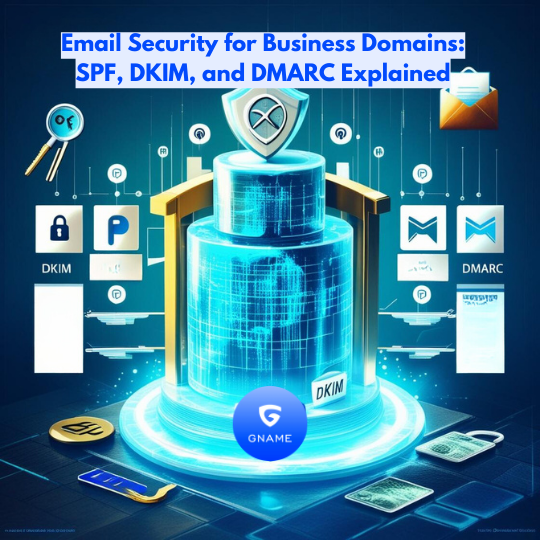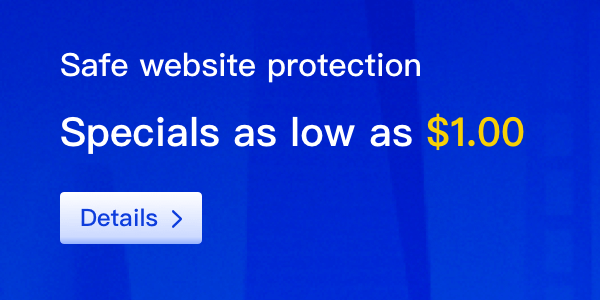In today's digital landscape, email remains a critical communication tool for businesses. However, the proliferation of cyber threats has made email security more important than ever. Ensuring that your business domain is secure involves implementing several key protocols: SPF (Sender Policy Framework), DKIM (DomainKeys Identified Mail), and DMARC (Domain-based Message Authentication, Reporting, and Conformance). In this blog post, we will explore what these protocols are, how they work, and why they are essential for protecting your business's email communications.

Understanding SPF (Sender Policy Framework)
SPF is an email authentication protocol that helps to prevent spoofing and phishing attacks. It allows the owner of a domain to specify which mail servers are permitted to send emails on behalf of that domain. By publishing an SPF record in the domain's DNS settings, businesses can define a list of authorized IP addresses. When a recipient's mail server receives an email, it checks the SPF record to verify that the email is coming from an authorized source. If the sending server is not listed in the SPF record, the email may be marked as spam or rejected altogether.
Implementing SPF is a critical first step in securing your email communications. It helps to ensure that your customers and partners can trust the emails they receive from your domain. However, SPF alone is not enough to provide comprehensive protection, which is why it is important to complement it with DKIM and DMARC.
Exploring DKIM (DomainKeys Identified Mail)
DKIM is another important protocol that enhances email security by adding a digital signature to outgoing messages. This signature is created using a private key that is only accessible to the sending mail server. When the email is sent, the recipient's mail server can use the public key published in the sender's DNS to verify the authenticity of the email.
The primary purpose of DKIM is to ensure that the email content has not been altered during transit. If the email is tampered with, the DKIM signature will no longer match, and the recipient's mail server will know that the email may be fraudulent. This added layer of security is crucial for protecting your business from phishing attacks and ensuring the integrity of your communications.
Implementing DMARC (Domain-based Message Authentication, Reporting, and Conformance)
DMARC builds on both SPF and DKIM to provide a comprehensive email authentication framework. It allows domain owners to specify how email receivers should handle messages that fail SPF or DKIM checks. By creating a DMARC record in DNS, businesses can instruct recipient mail servers to either quarantine or reject emails that do not pass authentication checks.
One of the key benefits of DMARC is that it provides reporting capabilities. Domain owners can receive feedback on the emails sent from their domain, including information about which messages passed or failed authentication checks. This data can be invaluable for identifying potential issues and improving overall email security.
Implementing DMARC can help businesses gain greater control over their email communications and protect their brand reputation. It serves as a powerful deterrent against email spoofing and phishing attacks, making it more difficult for malicious actors to impersonate your business.
Conclusion: The Importance of Email Security
In an era where cyber threats are becoming increasingly sophisticated, businesses cannot afford to overlook email security. By implementing SPF, DKIM, and DMARC, organizations can significantly enhance their email authentication processes and protect their communications from various threats.
Investing in these protocols not only helps to safeguard your business but also builds trust with your customers and partners. When they receive emails from your domain, they can be confident that the messages are legitimate and secure. As such, taking the time to understand and implement these protocols should be a top priority for any business looking to enhance its email security strategy.






















